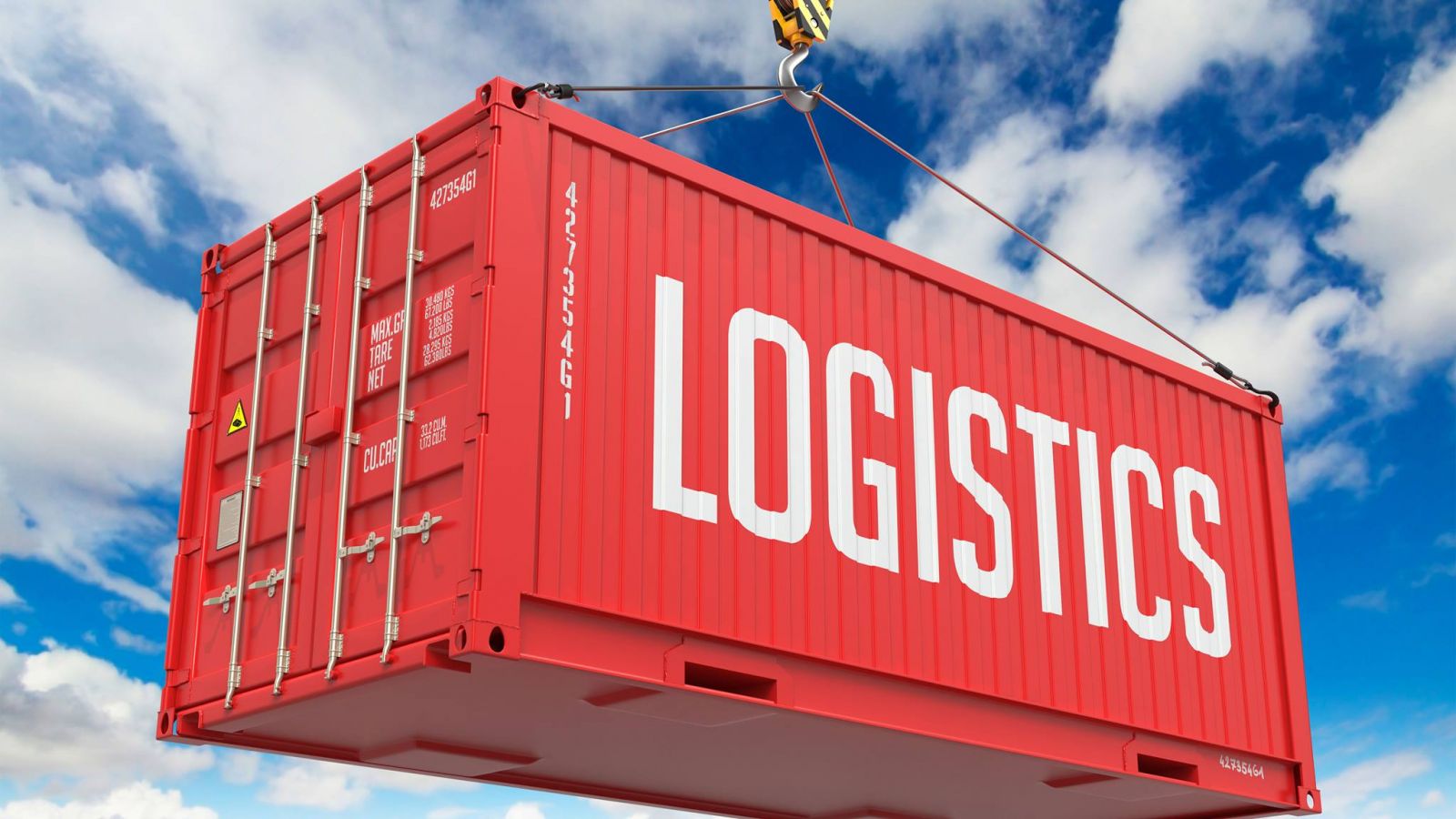
Vietnams’ logistics service has reached a relatively high growth rate over recent time, rising from 12% to 14%.
According to the Vietnam Association of Logistics Service Enterprises (VLA), along with the GDP growth rate, industrial production value, export and import turnover or value of retail sales and consumer services, Vietnams’ logistics service has reached a relatively high growth rate over recent time, rising from 12% to 14%.
In addition, logistics infrastructure has also been improved over the past two years. The number of logistics centres, distribution centres, dry ports and bonded warehouses are increasing and they are also being upgraded technically. Many logistics centres have applied information technology in goods management, tracking and origin tracing. Some centres are even fully automated. On the other hand, the number of schools, institutes and foundations participating in logistics training is increasing, the training programmes have been upgraded towards professionalism, in line with reality, meanwhile teaching staff has increased in number and improved in level.
However, besides the achieved results, the development of the logistics industry still has some limitations. Specifically, logistics activities of Vietnamese enterprises have achieved some initial results, but the logistics industry has not fully exploited the geotechnical advantages and the achieved results are not commensurate with the potential of each locality. In addition, the infrastructure for logistics activities and the connection between commercial infrastructure, transport infrastructure, information technology infrastructure across the country and in the region are not high.
Additionally, the weakness of Vietnamese logistics enterprises is the cost of services is still high but the quality in providing some services is inadequate in the context of fierce competition in Vietnamese market. Most notably, although the Government and ministries, branches and localities have made efforts over the past two years to build a legal framework to create a clear business environment for logistics activities, the implementation of regulations in practice still face many difficulties.
Some regulations are still overlapping, which is considered to be the main cause giving rise to many inappropriate administrative procedures and specialised inspections. In addition, the coordination of research and planning of ministries, branches and localities has not really promoted its effectiveness; some provinces and cities have potential but commercial and transport infrastructure have not been adequately invested in so logistics activities have not developed adequately.
Experts recommend that in order to develop logistics industry more favourably in the coming time, it is first of all necessary to have a breakthrough in the renovation of state management, innovation of organisation, operation and mechanism and policy on investing in transport infrastructure, commercial infrastructure and information technology infrastructure in accordance with practical requirements. In particular, it is necessary to review the planning and construction of logistics centres to effectively connect with seaport systems, domestic roads and regions to create convenient and highly efficient goods transportation routes.
Furthermore, it is necessary to have policies to encourage socialisation in investment. In the immediate future, it is especially necessary to prioritise the allocation of central and local budget funding for key construction items in the region, which have economic geographic advantages to develop logistics industry. In addition, it is advisable to open up and develop markets for logistics, creating conditions for Vietnamese logistics service enterprises to catch up with the development level of the world. Logistics enterprises are enterprises that have significant contact with foreign countries, gaining a lot of experience regarding integration and competition, so the enterprises should apply more proactive and methodical development strategies to expand the scope and scale of operation to provide high quality service with reasonable costs for customers.

















